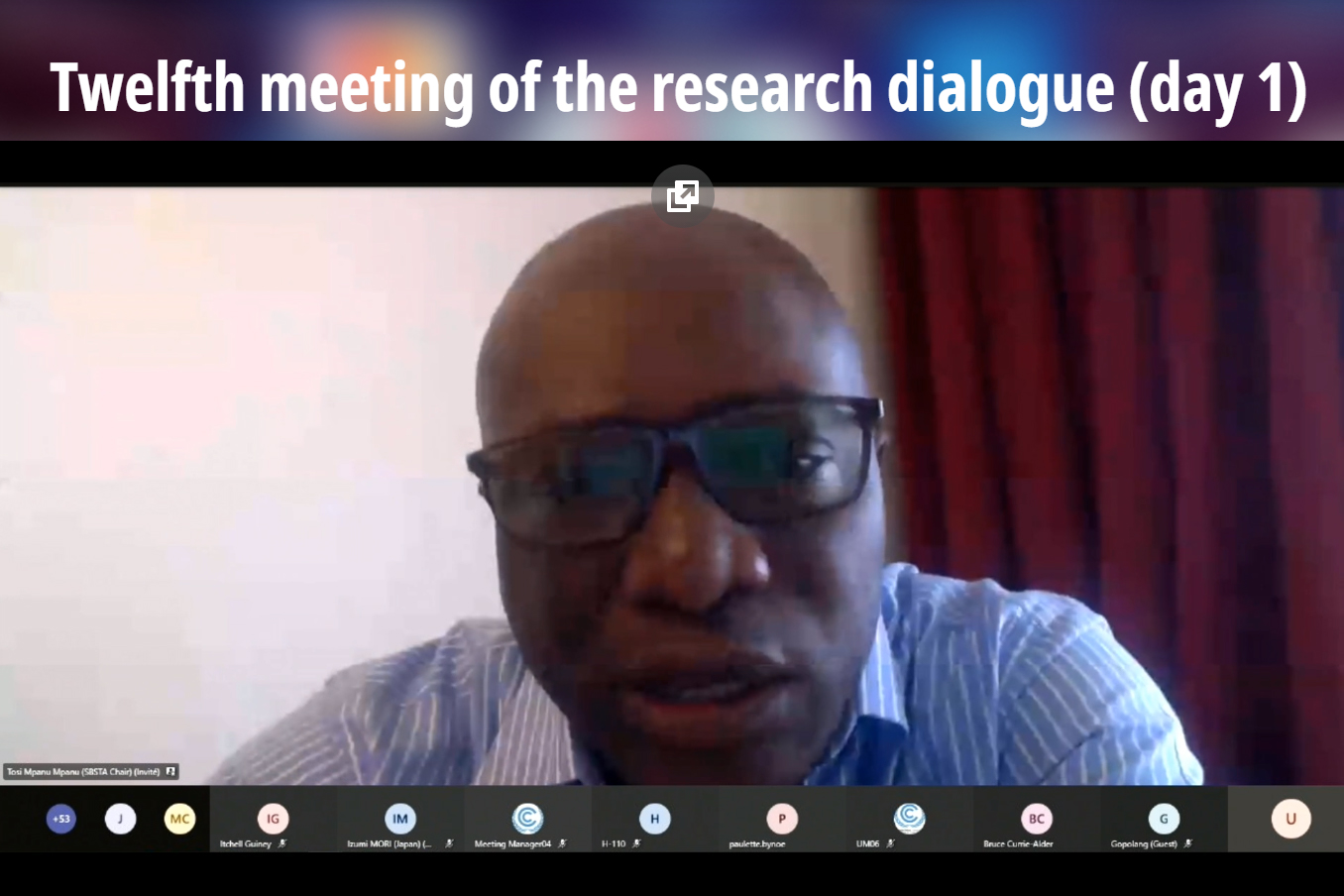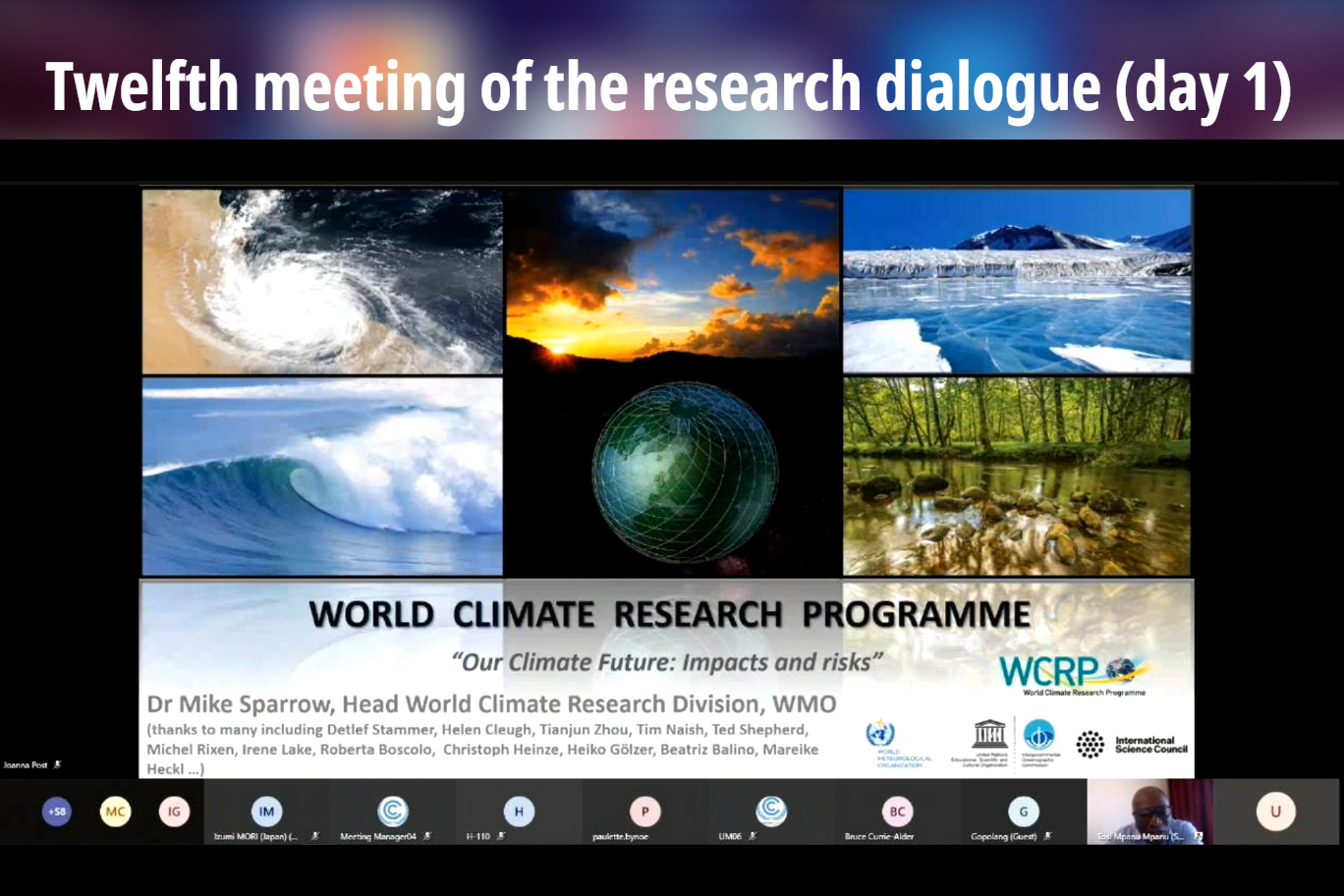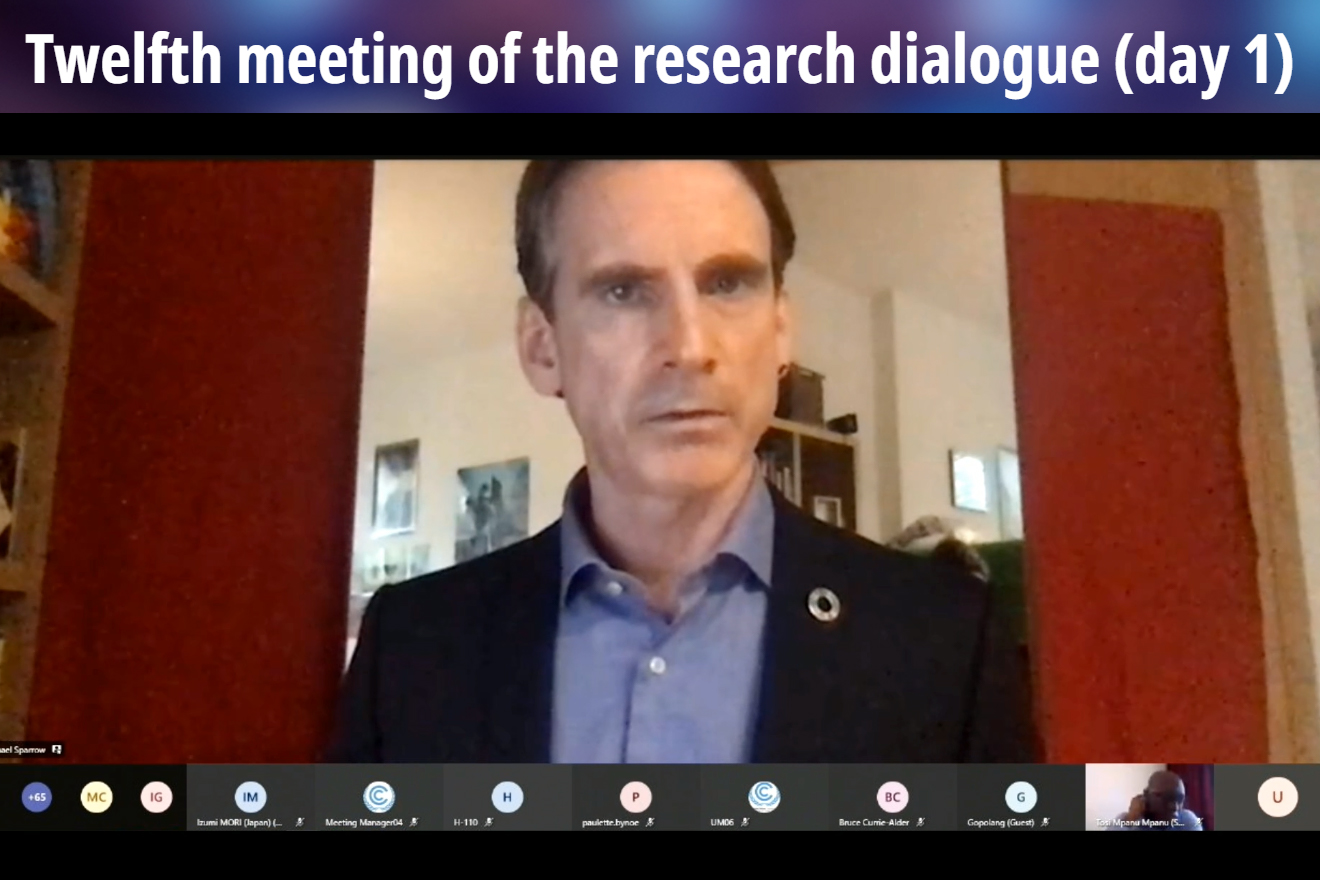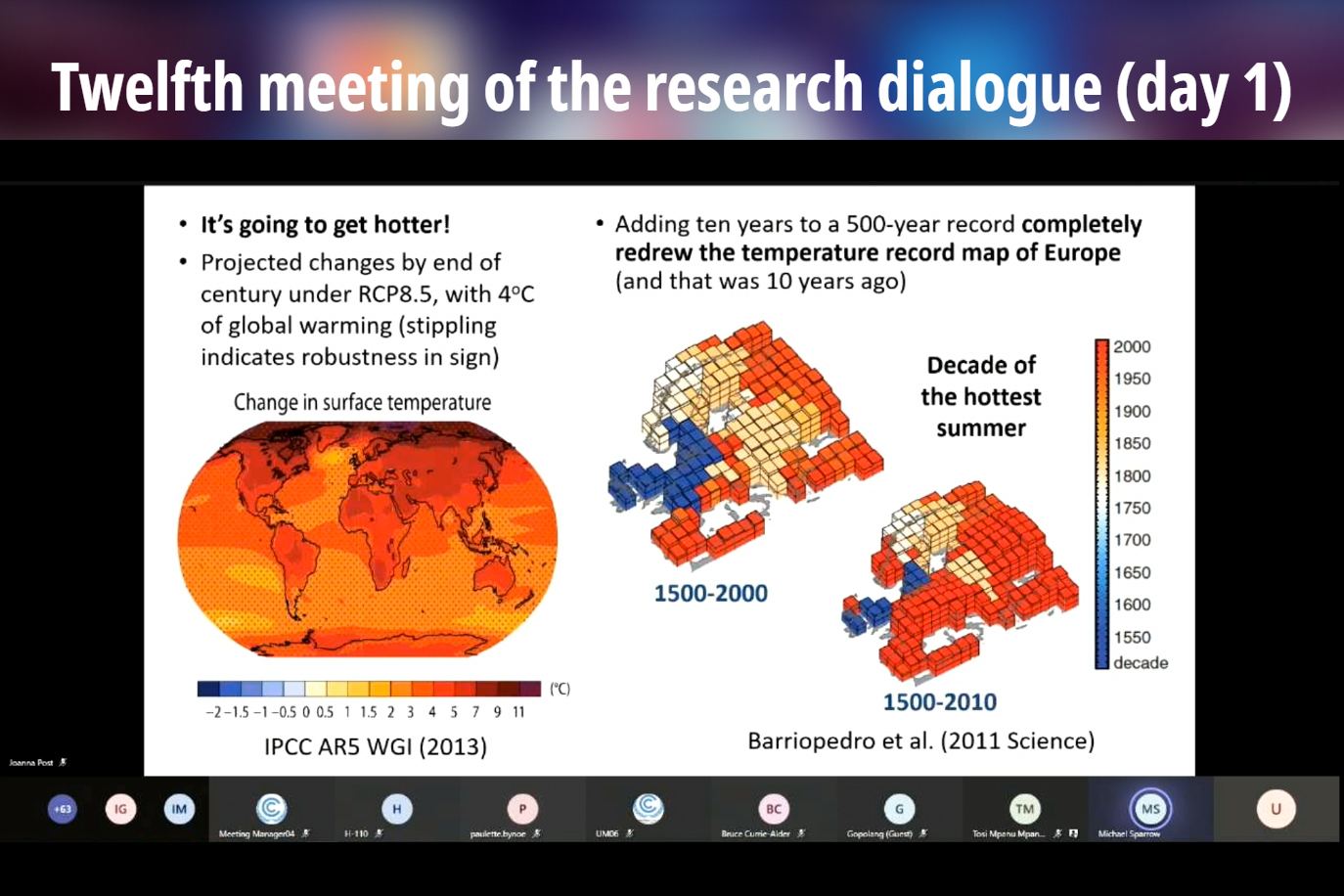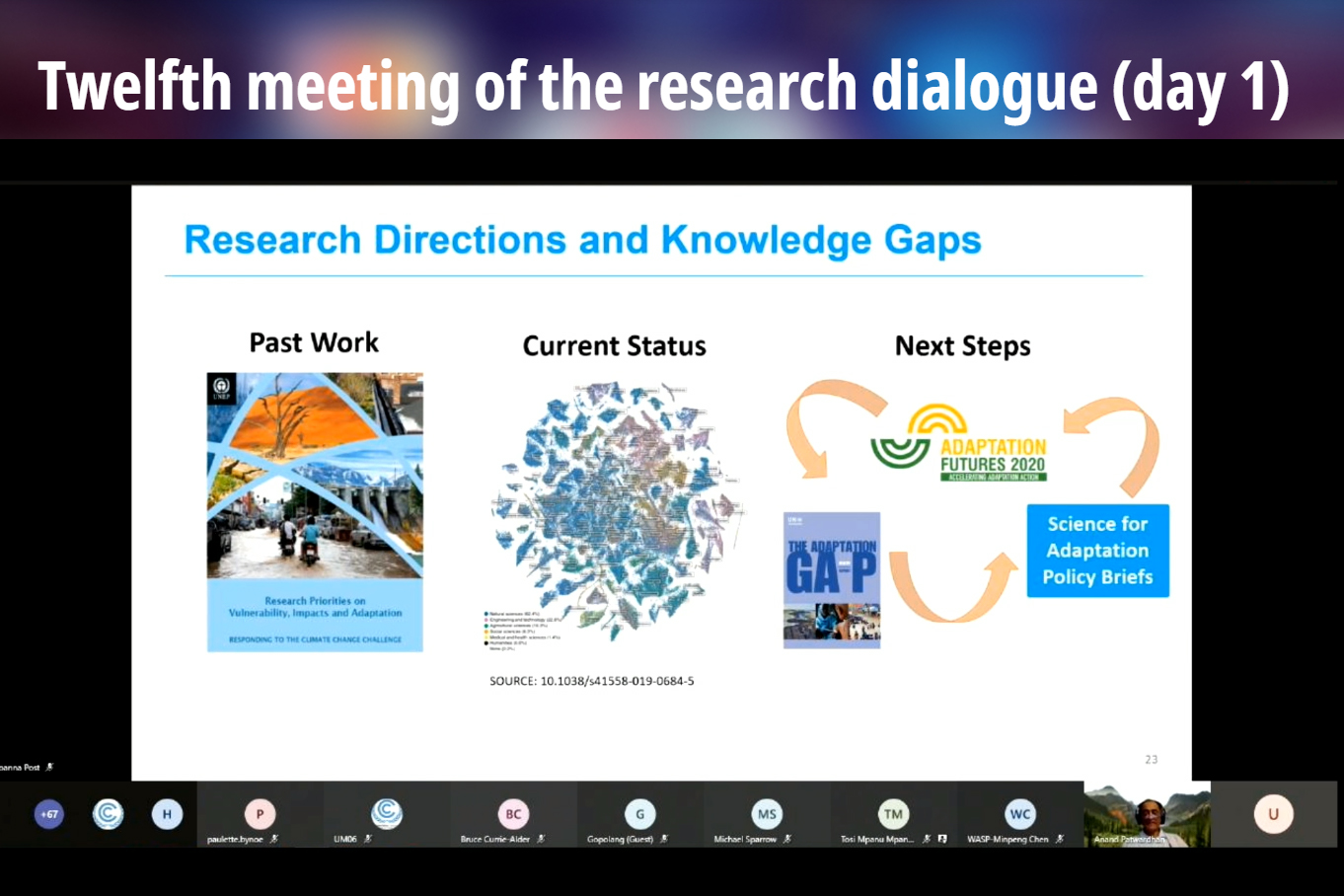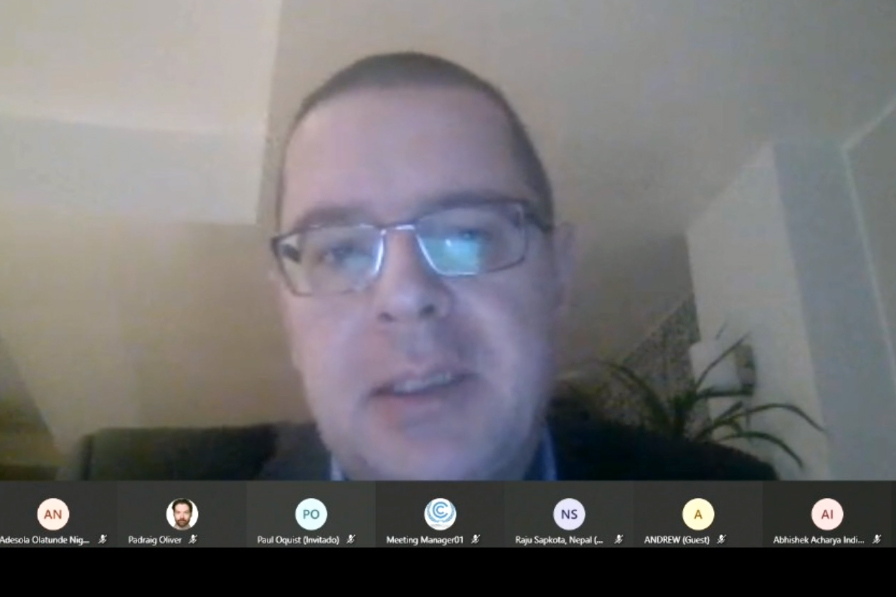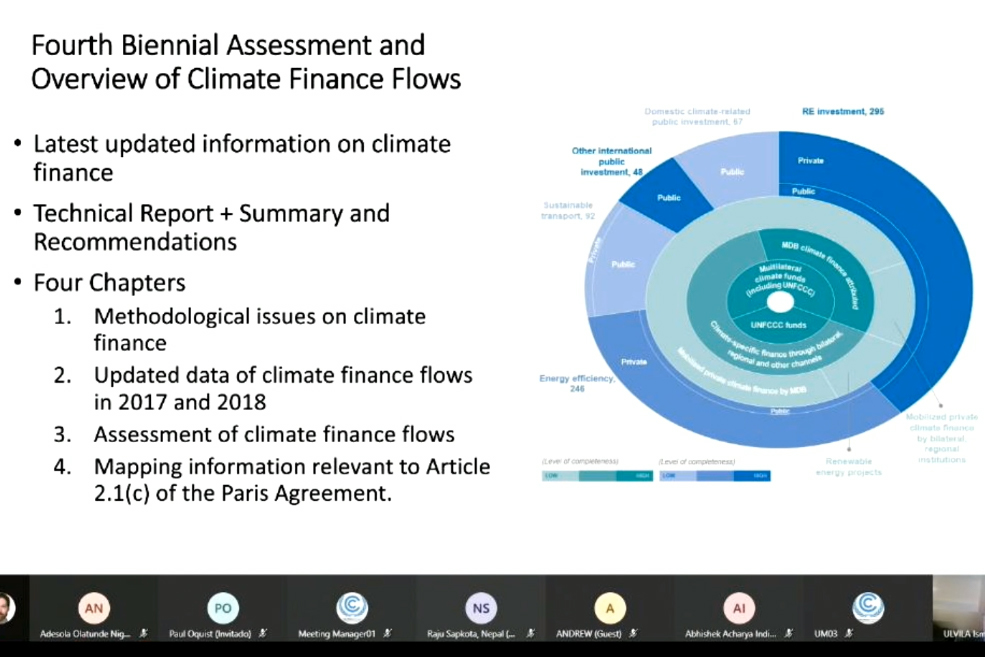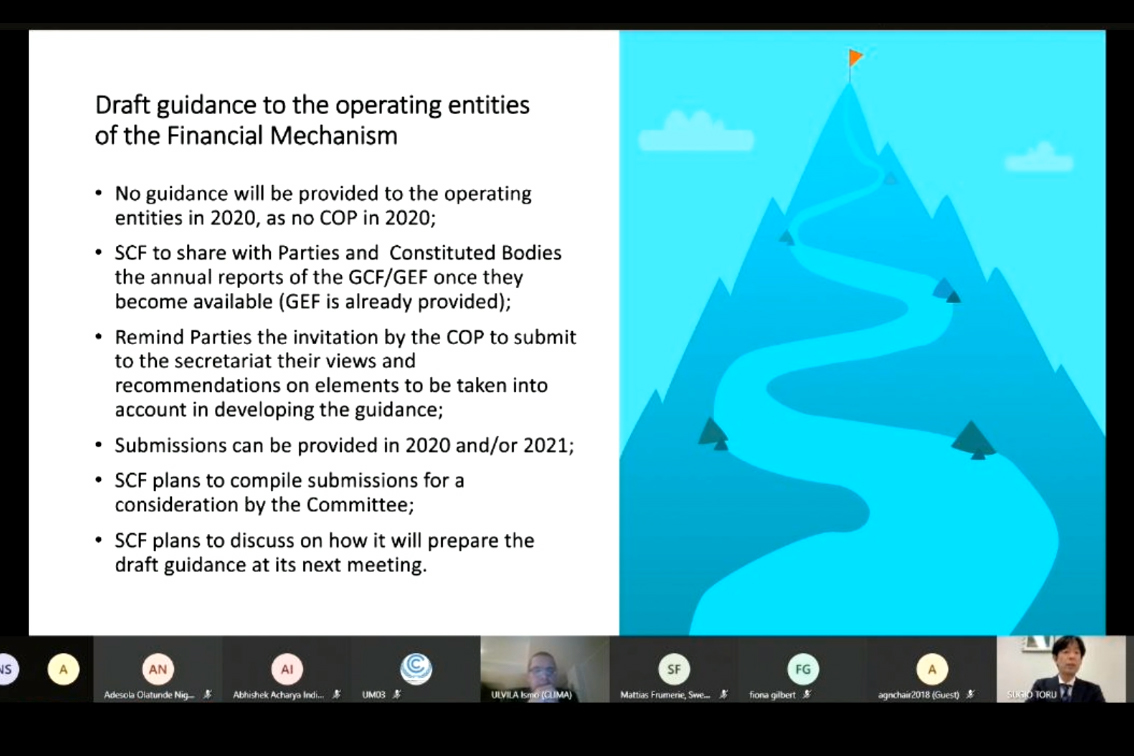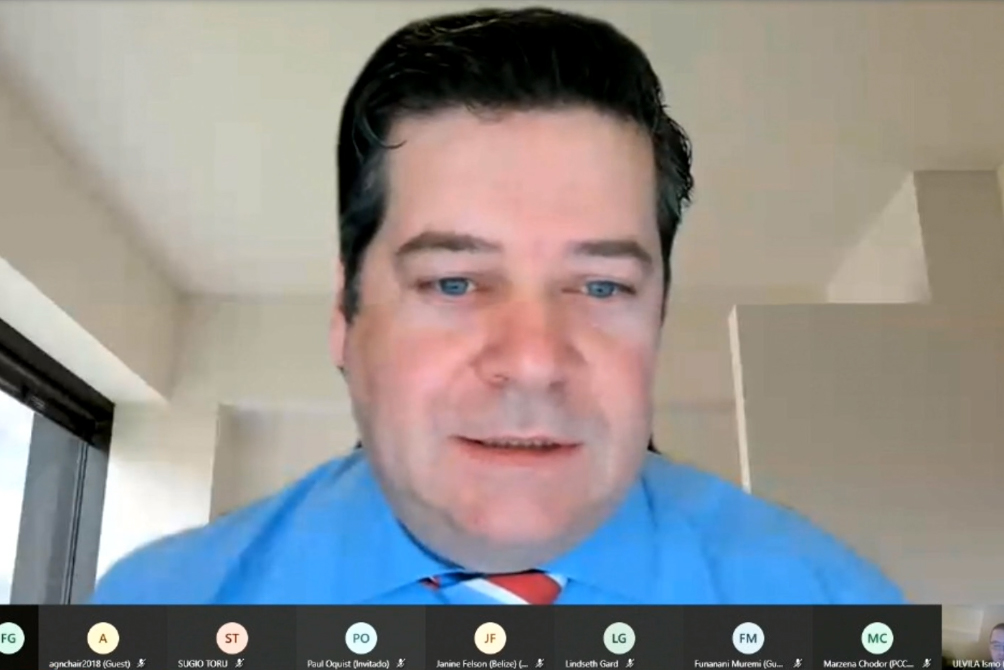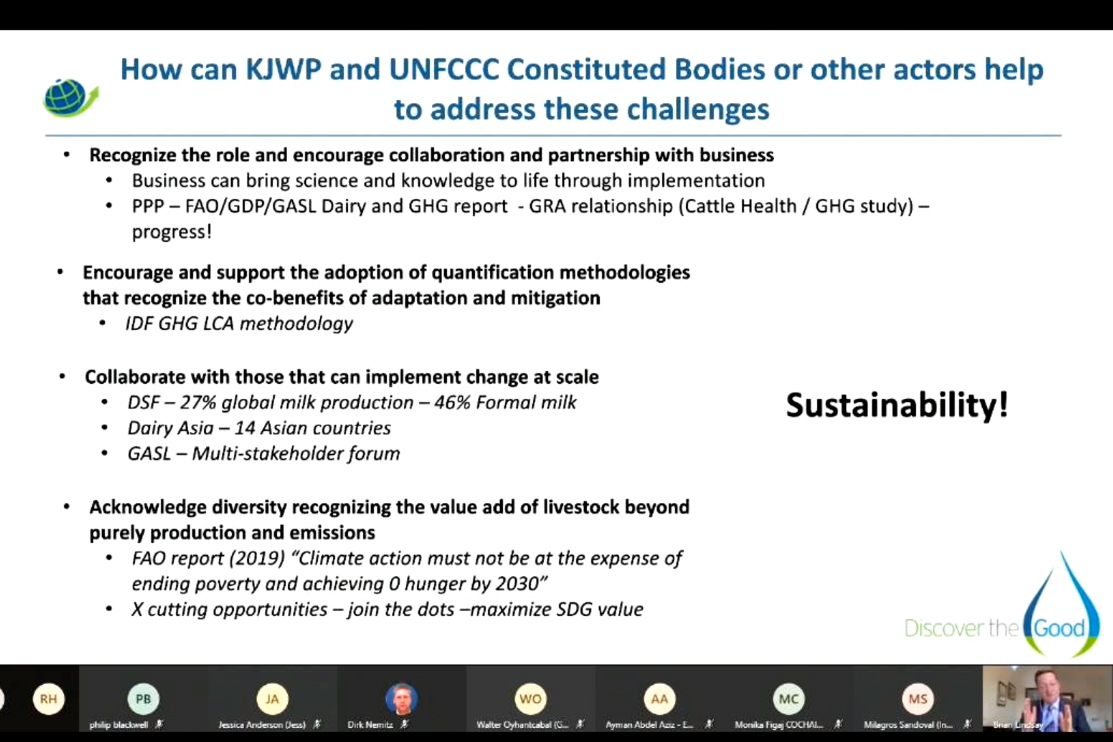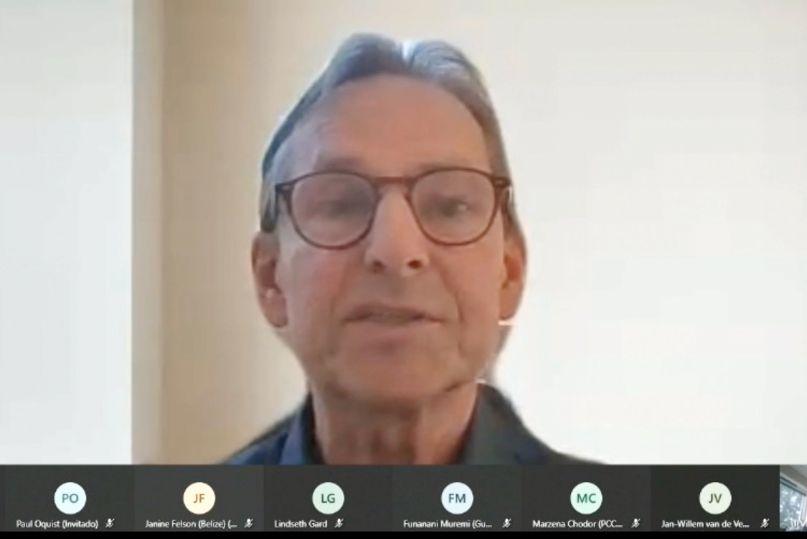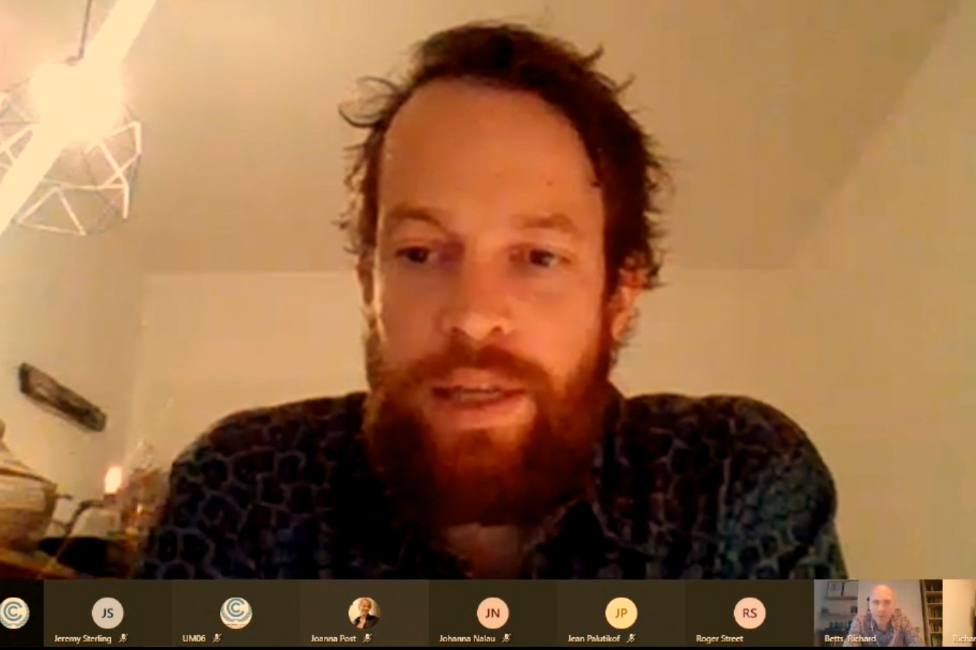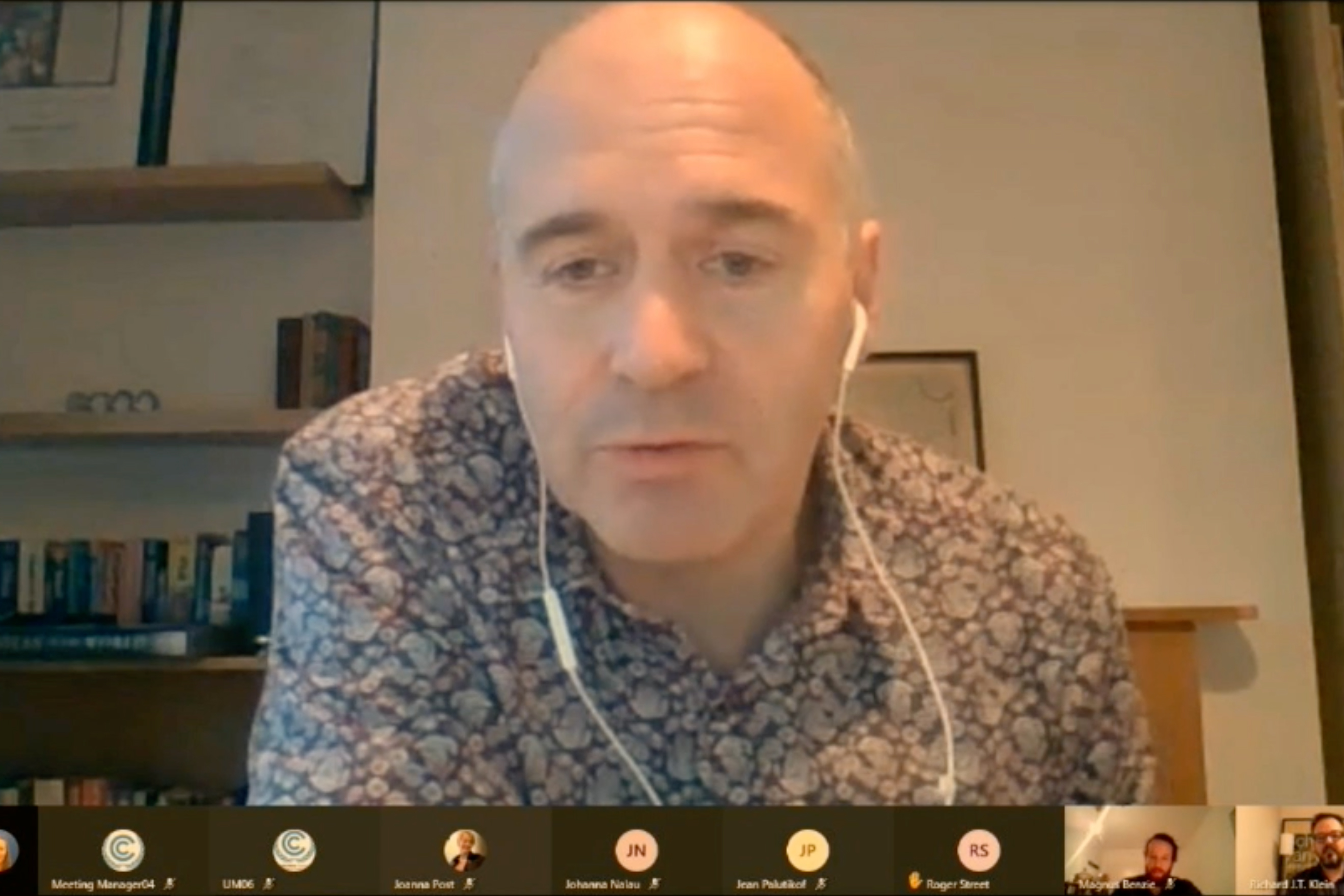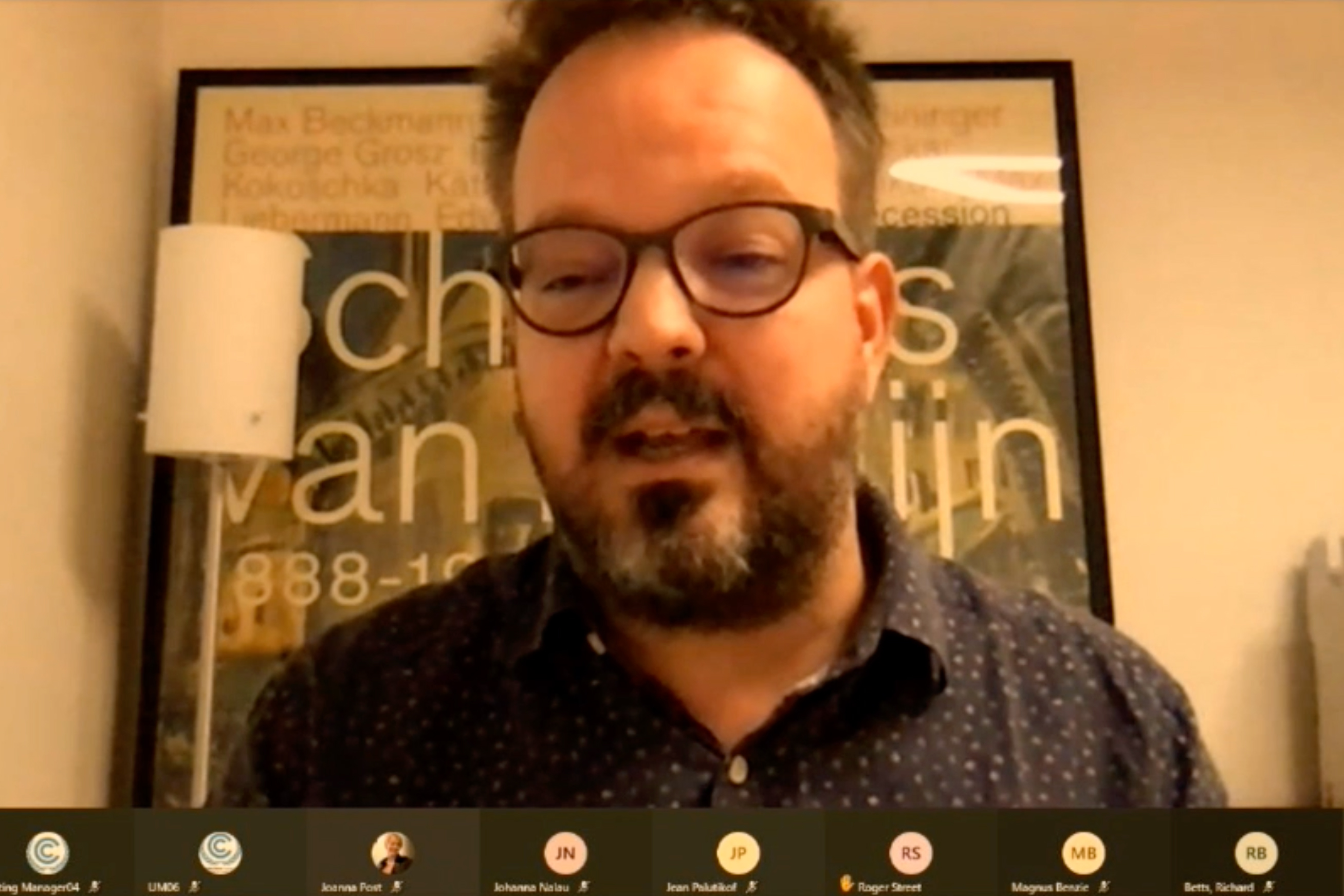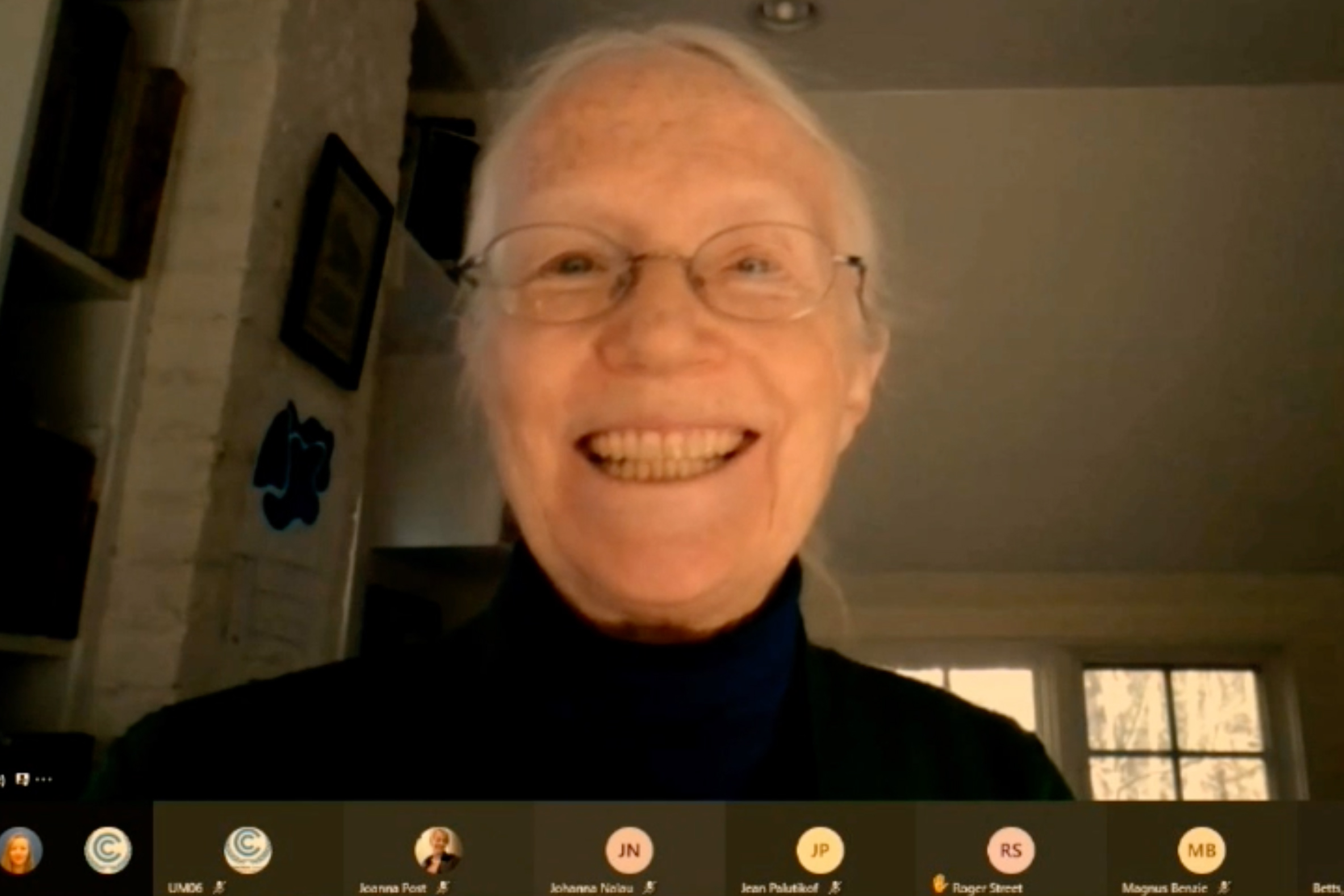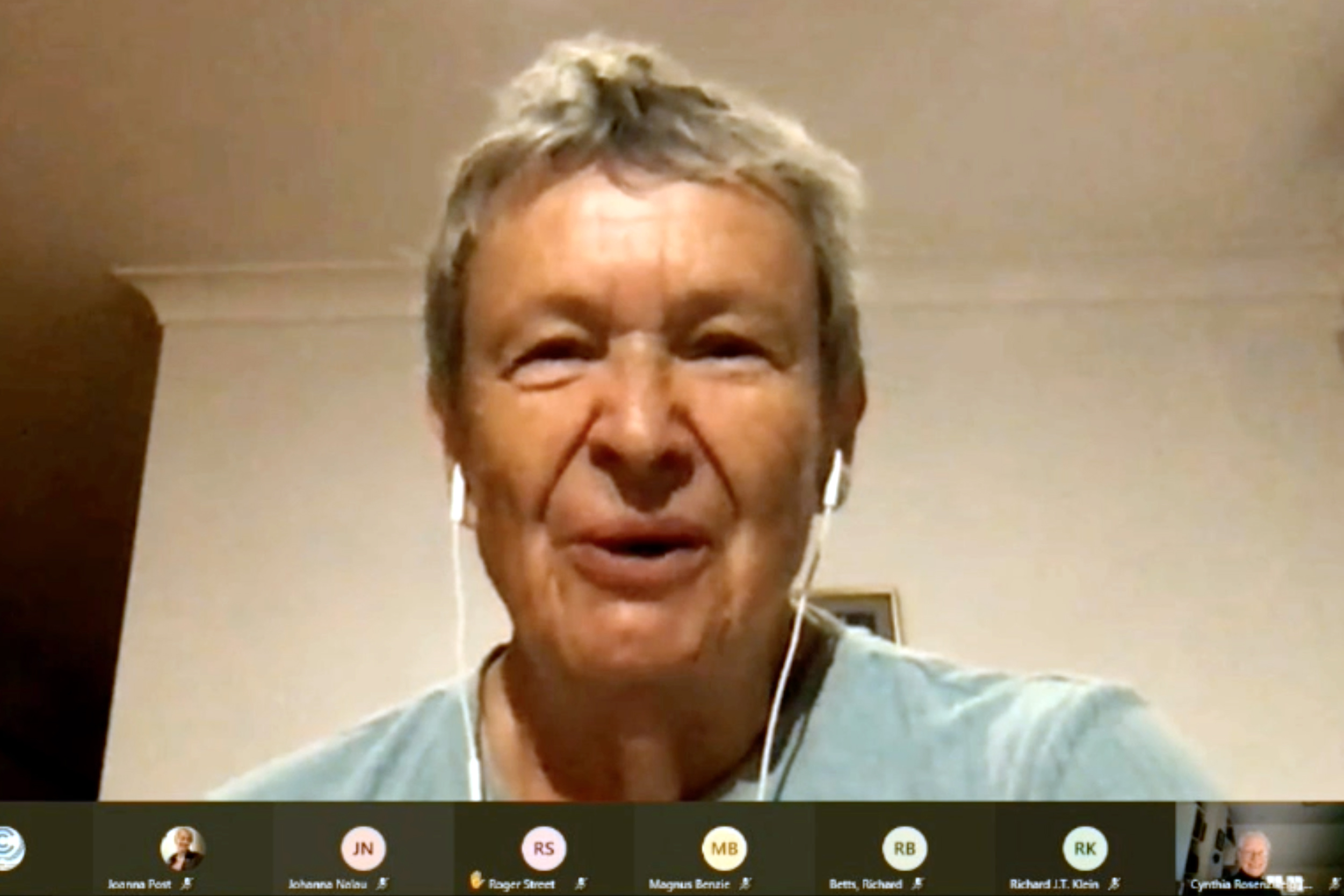UN Climate Change Dialogues 2020
23 November - 4 December 2020 | Online
Highlights for Tuesday, 24 November 2020
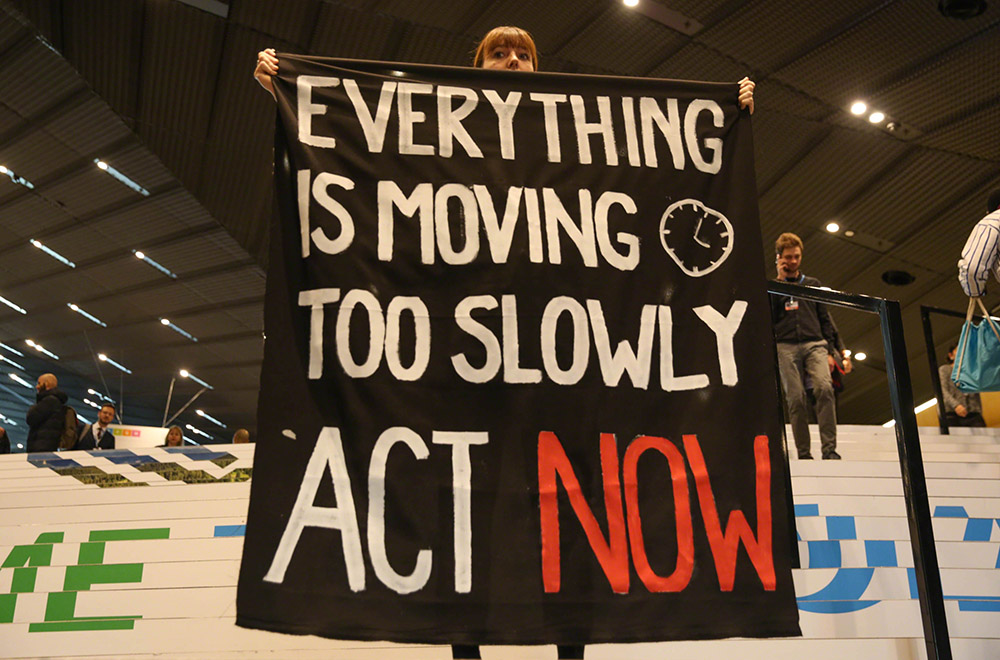
The second day of the Climate Dialogues considered transparency, science, agriculture, and finance. It started with the first session of the Facilitative Sharing of Views, one of the foundations of the enhanced transparency framework (ETF) under the Paris Agreement, in which developing countries share information on their achievements and experiences contributing to emission reductions, as well as on their needs and support received to implement these actions. Another foundation of the ETF, the Multilateral Assessment, also had its first session, with a number of developed countries sharing information on their achievements and experiences in meeting their 2020 climate targets.
Though not broadcasted, also on the schedule was an informal dialogue on transparency, which addressed possible approaches for further consideration of common reporting tables for greenhouse gases emissions inventories.
Twelfth Meeting of the Research Dialogue - Science for Global Net-zero
The first dialogue session of this meeting, moderated by Tosi Mpanu-Mpanu, Chair of the Subsidiary Body for Scientific and Technological Advice (SBSTA), focused on advancements in research and modelling. Participants heard a number of presentations, including from Bas van Ruijven, International Institute for Applied Systems Analysis, who presented insights from studies on integrated assessment models. He highlighted that only a small fraction of global pandemic recovery stimulus investments have gone towards advancing the clean energy transition, and underscored that best practice policies can help bridge the emissions gap towards a low-carbon future.
Andy Reisinger, Ministry for the Environment, New Zealand, said carbon dioxide removal (CDR) is necessary both for net-zero CO2 emissions and for net-zero GHG emissions although the timing and scale differ. He highlighted reliance on CDR grows with every tonne of emissions, and current investments in research and development, pilots, upscaling, institutions, and governance do not match our level of reliance on CDR.
Hesiquio Benitez Diaz, Chair of the Subsidiary Body on Scientific, Technical and Technological Advice, Convention on Biodiversity, said the 5th Global Biodiversity Outlook shows that despite progress, none of the Aichi Targets have been met; and that putting nature on a path to recovery towards the 2050 Vision for Biodiversity requires transformative change through a portfolio of actions.
All presentation slides are available on the event’s webpage.
The special event, moderated by Johanna Nalau, Griffith University, featured a range of presentations, starting with a presentation by Jean Palutikof, National Climate Change Adaptation Research Facility (NCCARF), Australia, introducing the Science for Adaptation Policy Brief Series, an initiative of the World Adaptation Science Programme (WASP).
Roger Street, University of Oxford, said successful tools to support decision-making on adaptation are characterised by being relevant, comprehensive, reliable, accessible, authoritative, attractive, and engaging. He outlined challenges to creating successful tools, including misalignment between user expectations and developer capabilities, and lack of resources.
Magnus Benzie, Stockholm Environment Institute (SEI), highlighted that very little is currently known about future exposure to transboundary climate risk, and adaptation is not necessarily benign but rather can redistribute vulnerability and create or magnify risk for others. He said adaptation science should support policymakers to adopt a transboundary lens.
Richard Betts, University of Exeter, highlighted projected climate impacts including heat stress, drought, river flooding, and coastal flooding. He said 4˚C global warming by 2100 would lead to severe impacts and risks worldwide, and underscored that limits to adaptation mean transformational changes may be needed.
In a question and answer session, Benzie stressed that co-production is not a silver bullet, and that “demand should not always define the supply of research”, especially for areas such as transboundary risks, which are not as well understood by institutions. On community adaptation, Street argued for the importance of support platforms which address local needs.
Cynthia Rosenzweig, WASP, closed the session by highlighting the WASP’s objective to advance both knowledge and action in adaptation, and to strengthen multinational support tools.
Koronivia Joint Work on Agriculture - Workshop on Improved Livestock Management Systems, including Agropastoral Production Systems and others
Marianne Karlsen, Chair of the Subsidiary Body for Implementation, introduced the session by noting the role of improved livestock systems to address the negative impacts of agriculture on ecosystems, to mitigate against climate impacts, and to reduce the risk of global pandemics.
After keynote presentations, participants heard perspectives from parties. Bhutan, for Least Developed Countries (LDCs), explained his country’s policy strategy of improved livestock management systems, which aims to build food self-sufficiency and nutrition security. He pointed out the need for, among other things, strengthening national capacities for managing genetic resources. The European Union, which is responsible for 5% of global methane emissions, summarized its methane strategy. New Zealand stressed using existing financial mechanisms to support agriculture activities and enable access to finance. Uruguay delineated work on addressing overgrazing, and emphasized technology transfer to small family farmers as a challenge. Indonesia highlighted lack of both capacity and capital as challenges, noting this impedes adoption of technologies such as digestion tanks that serve to reduce emissions. Egypt emphasized water scarcity as a key challenge, and delineated a strategic focus on poultry to expand local meat production and meet the needs of a growing population concentrated around the River Nile.
Among observer comments, Business and Industry (BINGO) emphasized the role of collaboration with businesses, especially those that can implement measures at scale, citing the Dairy Sustainability Framework as an example; Environmental NGOs (ENGOs) urged for support to shift away from industrial agriculture towards promoting agroecological practices; Women and Gender called for developed countries to shift towards more plant-based diets; and Youth NGOs (YOUNGO) emphasized land tenure challenges and the need to account for the true costs of food.
Progress Update on the Work of the Standing Committee on Finance
Standing Committee on Finance (SCF) Co-Chair Ismo Ulvila (European Commission) moderated this event, which heard presentations by a number of SCF members. He reported on the preparation of the 4th Biennial Assessment and Overview of Climate Finance Flows, noting that the mapping of information relevant to Article 2.1(c) of the Paris Agreement (making finance flows consistent with a pathway towards low greenhouse gas emissions and climate-resilient development) is a new task stemming from COP 24 in Katowice. The first report on the determination of the needs of developing country Parties related to implementing the Convention and the Paris Agreement, expected for mid-2021, will present needs from four topical perspectives: mitigation/adaptation; sectoral breakdown; means of implementation (finance, technology, and capacity building); and a geographical perspective. Other presentations addressed the next SCF Forum on Finance for Nature-based Solutions (NbS); and the preparation of Draft Guidance to Operating Entities of the Financial Mechanism, which will be adopted at COP 26.
The session then featured discussants’ perspectives on future SCF work. Among others, Janine Felson, Belize, emphasized the need for the SCF not to take a one-size-fits-all approach with regard to the needs report; Lindseth Gard, Norway, welcomed the Forum on Finance as an arena to “dive into specific topics” such as NbS; Funanani Muremi, Adaptation Committee, pointed to work on methodologies for reviewing the adequacy and effectiveness of adaptation and support; and Marzena Chodor, Paris Committee on Capacity-building (PCCB) Co-Chair, pointed to the creation of an informal coordination group on capacity-building.
A question and answer session addressed, among others: finance for loss and damage; the need to define NbS; and making draft SCF reports accessible to observer constituencies.
Images from the Meeting
Videos from the Meeting
UNFCCC Resources
IISD/ENB Meeting Coverage
- High-level Roundtable on Climate Action, 24 September 2020, Online
- June Momentum for Climate Change, 1-10 June 2020, Online
- 52nd Session of the Intergovernmental Panel on Climate Change (IPCC-52), 24-28 February 2020, Headquarters of the UN Educational, Scientific and Cultural Organization (UNESCO), Paris, France
- Chile/Madrid Climate Change Conference, 2-15 December 2019, Madrid, Spain
- ENB Coverage of Climate Change Meetings
IISD Resources
- Subscription Page for ENB Update, SDG Update, and Peer-to-Peer Community Mailing Lists (including Climate News, SDG News, Biodiversity News, Ocean News, Forests News, Trade and Sustainable Development News, and Regional Updates)
- SDG Update Newsletter - A compilation of news, commentary and upcoming events published on the SDG Knowledge Hub
- SDG Knowledge Hub - An Online Resource Center for News and Commentary Regarding the Implementation of the United Nations’ 2030 Agenda for Sustainable Development, including all 17 Sustainable Development Goals (SDGs)

